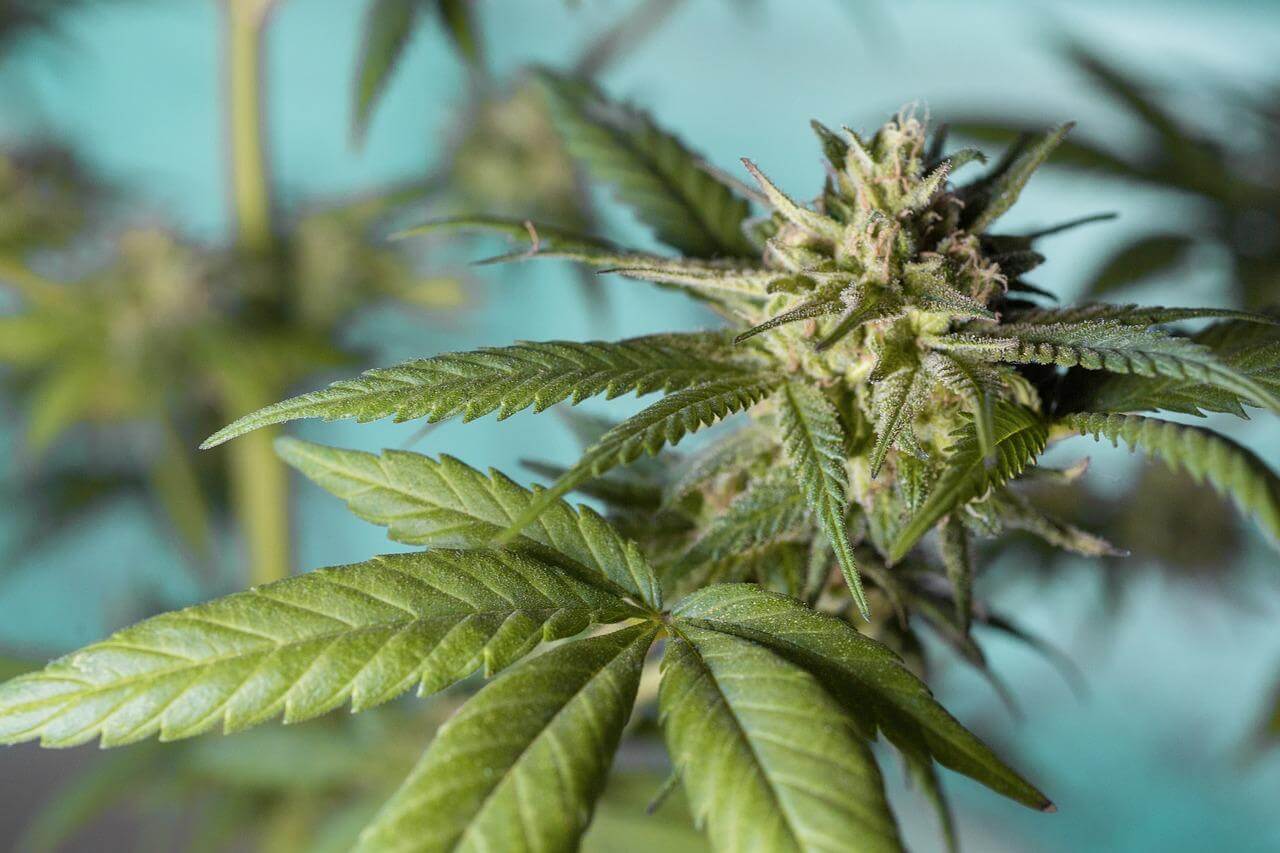The cannabis industry in the U.S. and worldwide has evolved out of the black market to become a billion dollar force, disrupting everything from pharmaceutical and wellness industries to the beauty products market and leisure industry. We quit our corporate branding jobs and founded HIGHOPES in 2018 because we are all passionate about cannabis and did not want to simply watch from the sidelines of one of the most exciting industries of the 21st century. In just one year, we have seen some major changes and shifts taking place. We all know the saying, “If you don’t know where you’ve come from, you don’t know where you’re going.” So we decided to write down some of our observations of the industry to help understand where it may be headed.
Here are some of the biggest changes we’ve seen:
It’s no longer a cash-based system.
Because cannabis remains a Schedule I drug at the federal level, federally insured banks are unable to do business with companies for fear of being shut down. As a result, many small cannabis companies have to rely on a cash-based system. It’s hard to imagine, but only a year ago, it wasn’t uncommon for cannabis entrepreneurs to walk into meetings with bags of cash for services they needed. But we’re seeing this trend disappear very quickly. This is partly because financial institutions have figured out the steps they need to take to offer services to the industry while still maintaining compliance with applicable regulatory requirements. And it’s also because the industry has matured and become more organized and structured, and a cash-based system simply does not fit the needs of most CEOs and companies. One area of the industry where cash is still dominant is at dispensaries and we see this trend changing rapidly as well, with several stores accepting debit cards and a few accepting or issuing credit cards of their own. The future, of course, will be cashless.
No room for scrappy companies.
Huge multinationals such as alcohol giant Constellation Brands, which owns a stable of major wine, beer, and spirits; and Altria, Marlboro’s parent company, are now pouring billions of dollars into the cannabis industry. In addition, many legal markets are so saturated and competitive that small and scrappy companies will simply not survive. To stand out in a crowded marketplace, companies need major dollars for building their distribution network and for branding, advertising, marketing and PR. Even the companies who do manage to find funding sources, are still unable to compete with the Multi-State Operators, who can draw on a deep well of operating experience and talent across multiple states. It’s easy to see that we are headed towards consolidation and mom and pop businesses and stores will need to change the way they operate in order to survive in this highly competitive landscape.
Fewer stoners but sense of community remains strong.
We are meeting fewer and fewer stoner archetypes (some of whom evolved from the black market.) Another big change we are noticing is that while most of our clients still love marijuana, they aren’t necessarily lighting up a joint before a meeting. We see clients heavily skewed towards the entrepreneur and leader types who have a vision, passion, and skills for the industry. They are excited to build something special, long-lasting and profitable. Even though there are some large conglomerates in the industry now and it has become highly competitive, there is still a sense of community and a feeling that there’s enough food on the table for everyone. This culture may change very quickly after federal legalization takes place, but we think the community spirit is at the core of this industry and will remain a big part of it for a long time to come.
Shifting perceptions of cannabis.
There has been a radical shift in the perception of cannabis over the past ten years. This shift has come as politicians, the medical community, and the public have become more favorable towards marijuana. Thirty years ago, marijuana legalization seemed like a lost cause. In 1988, only 24 percent of Americans supported legalization. Even in 1996, when California became the first medical marijuana state, just 25 percent of voters supported legal cannabis. Now the majority of voters in the U.S. favor nationwide recreational marijuana legalization, and it is commonly believed that federal legalization of marijuana is not a matter of ‘if’ but ‘when?’ As a result, professionals from more established industries are increasingly comfortable with working in cannabis and many like ourselves are giving up corporate jobs to do exciting and pioneering work. As we look to the future, we see the perception of cannabis evolving to the point when all negative associations will fall away.











